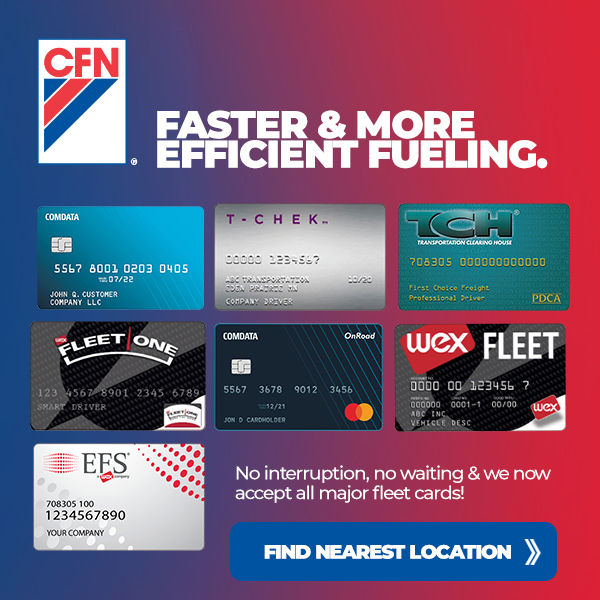
By Wendy Eichenbaum
Pain Point Interviews are a quick, inexpensive, and powerful way to find out what is upsetting your customers the most. Then you can prioritize your development schedule to address the most pressing needs first.
Henry Ford famously stated, “If I had asked people what they wanted, they would have said faster horses.”
Did Ford’s contemporaries really want a faster horse? They might be able to get to work faster if they bought a stallion. But what if they wanted go to from Los Angeles to San Francisco? A faster horse was a moot point. They’d ride their horse to the train station. So the real issue was that Ford’s contemporaries wanted to go farther distances with more autonomy.
To this day, companies keep asking their customers what they want. And customers repeatedly request iterations: better, faster, and more reliable versions of the products and services they currently use.
But that feedback isn’t very helpful for several reasons:
• It’s not innovative.
• It may not be technically feasible.
• And most importantly, it often does not address the heart of the request.
The real question is what users don’t want. Users are keenly aware of the pain points in their lives. Pain points are the things or situations that cause them frustration and stress.
Users could tell you with great accuracy all about their pain. They turned on the GPS in their car. It took 3 minutes to type in the address. The directions didn’t give them an option to re-route for traffic. And the directions led them to the closest entrance, which required a key code, not the main entrance.
Pain comes from one of two reasons:
1) There is no solution for the pain: The user does not have a map or GPS unit.
2) The solution is so poor that it’s better to put up with the pain: The directions were so misleading, that it would have been better to print out the paper directions and read them while driving.
The best way to innovate, to be an industry leader, is to find out the pain points of your customers. Then you design an intuitive and useful product or service to address the pain.
There is an easy but powerful tool to identify your customers’ pain points. It’s called a Pain Point Interview. The interview is a series of open-ended questions designed to delve into the problems that your customers have with your service or product.
To conduct this interview, first gather some basic background information in order to correlate their answers with their experiences:
• How long they’ve used your service
• How and where they’ve used your service
• Any usage habits on “minimum requirements” to use your service. For instance, how long a customer has driven a car or used a smartphone.
Then you get to the heart of the questions. This is where you explore the pain points.
• What type of tasks do you perform when you use the service?
• What are your biggest hurdles when it comes to using the service?
• In your best dream, what would be the ideal solution to this hurdle?
Let the customer brainstorm answers. Don’t make suggestions. Also, the questions above referenced a service. You could substitute a product, a task, or a feature.
At the end of the interview, ask customers which hurdles they would fix first and why. This will be the key for prioritizing your development schedule.
If you have budgeted more time, you can ask customers about strengths and shortcomings for:
• Pre-defined tasks
• Competitors’ products
You can conduct a Pain Point Interview one-on-one, in a focus group, or even an online survey. It’s more rewarding if you run the sessions in real time – whether in-person, on the phone, or over Skype. This allows you to follow up on anything interesting that comes up. You don’t need a fancy room or equipment. However, it would be handy to record the session.
The length of the sessions will vary depending upon the number of features you explore, the number of people in the group, and any additional questions. Ideally you’d schedule 30-60 minutes per session.
You should identify your various target audiences, often called your personas. Then ideally you would ask 4-6 people in each of these groups. You should start to see patterns of answers, both in pain points and priority, with just a few interviews.
The Pain Point Interviews are a quick, inexpensive, and powerful way to find out what is upsetting your customers the most. Then you can prioritize your development schedule to address the most pressing needs first.
Wendy Eichenbaum is a UX professional with 23 years in the business. She began her career as a technical writer. She then earned a Master of Arts in Professional Writing at Carnegie Mellon University, studying both writing and UI design. Over the years, she has worked across verticals, from start-ups to multi-national firms, in many areas of UX including research & strategy, Information Architecture, usability testing, and focus groups. She started her own UX consulting firm in 2008, Ucentric Design. And she is an adjunct professor at Cal State University, Fullerton. There she teaches a class that she created, User-Centered Design for Web and Mobile Interfaces.
www.ucentricdesign.com
[email protected]




